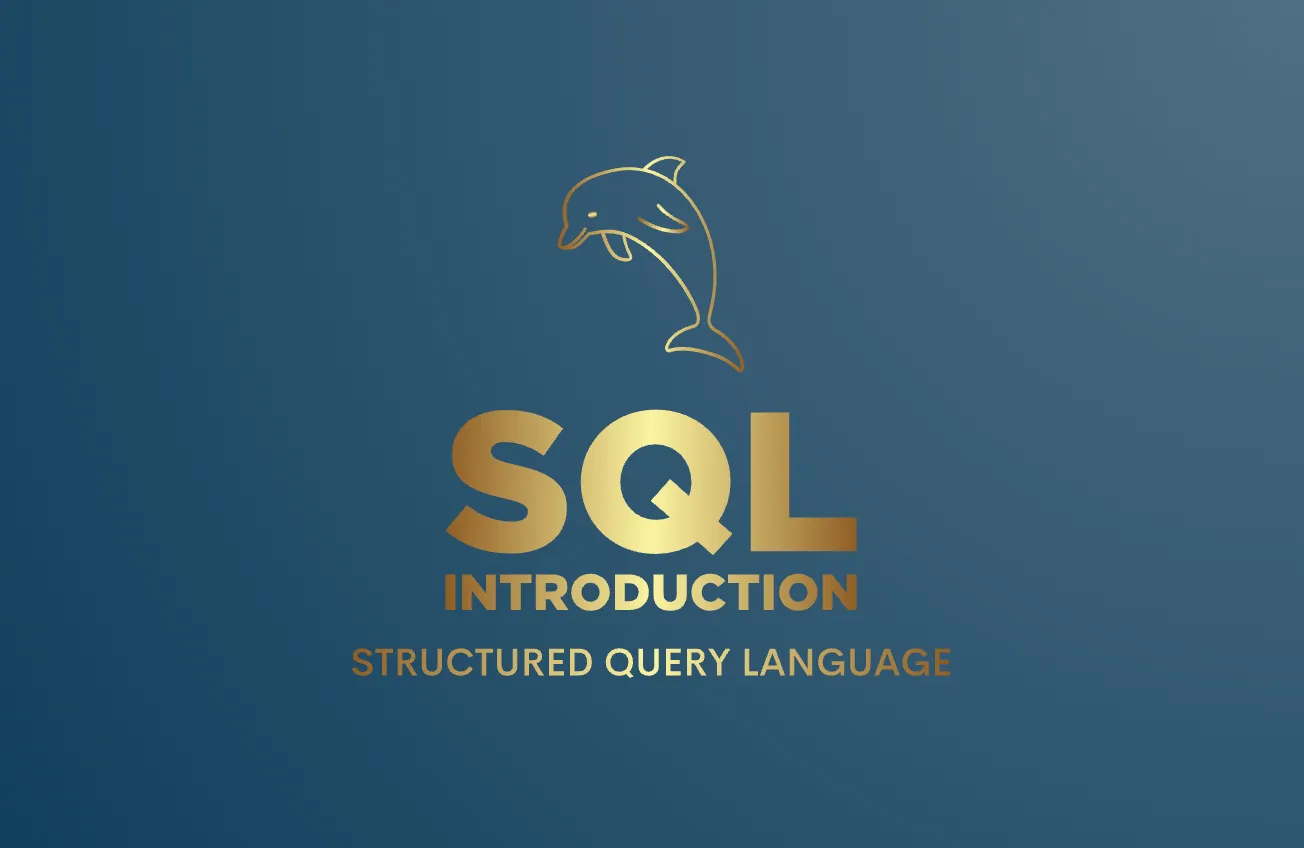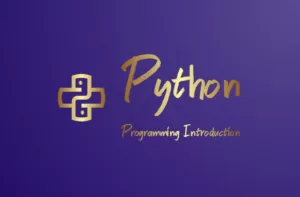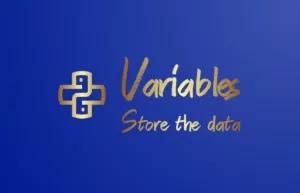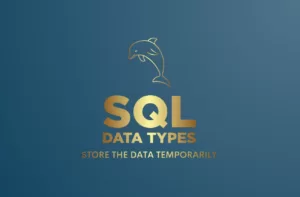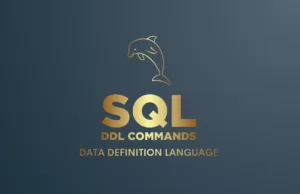Introduction
Welcome to our website! If you’re new to SQL, you might be wondering what it is and why it’s so important. Simply put, SQL is a programming language used to manage and manipulate relational databases. SQL is a standard language that businesses across industries, including banking, healthcare, finance, and more, widely use to access and manage data stored in databases.
Communication requires a language, and there are many languages that people use to talk to each other. Similarly, when communicating with computers, we use programming languages. When frontend system wants to connect with the data and process that data for generating reports and dashboards. This is where SQL comes in. SQL is the language used to communicate with databases, enabling us to retrieve and manipulate data. If you’re unfamiliar with MySQL and how it works, don’t worry – this post will explain everything you need to know.
History
IBM researchers Donald Chamberlin and Raymond Boyce initially developed SQL in the 1970s. The American National Standards Institute (ANSI) and the International Organisation for Standardisation (ISO) later standardised it.
Categories
SQL consists of a set of commands that allow users to create, modify, and manipulate data in databases. We divide these commands into four main categories:
- Data Definition Language (DDL): We use DDL commands to create, modify, and delete database objects such as tables, indexes, and views.
- Data Manipulation Language (DML): Users utilize DML commands to manipulate data within database objects, such as inserting, updating, and deleting data..
- Data Control Language (DCL): DCL commands control access to data and database objects, such as granting and revoking privileges to users.
- Transaction Control Language (TCL): You use TCL commands to manage transactions in the database, such as committing or rolling back changes made to the data.
People use SQL to perform querying data from databases, creating reports, and analysing data. It is a powerful language that can handle complex queries and large datasets, making it an essential tool for managing data in today’s data-driven world.
Tools
Some popular relational database management systems that use SQL include Oracle, MySQL, Microsoft SQL Server, and PostgreSQL. These systems provide a platform for storing and managing data, as well as tools for administering and querying data using SQL.
There are plenty of resources available to help us to get started if you are new in SQL. Whether you’re looking for online tutorials, video courses or any other materials, we are here to provide you all the options to start your journey.
Learning Path
I hope you will follow the below sequence to learn and understand the SQL step by step. Meanwhile you can practice all the interview questions and assignments also. On daily basis we are adding the latest and basic topics and we are updating the learning path. Lets see the step by step post sequence here.
- SQL DDL commands
- SQL DML commands
- SQL Data Types
- SQL Where Clause
- SQL LIMIT/TOP Keyword
- SQL Order By Clause
- SQL Like, Between, IN Clause
- SQL Aggregate Functions
- SQL Group By Clause
- SQL Join operations
- SQL Set Operations
- SQL Logical Operators
- SQL Case
- SQL Constraints
- SQL Date Time Datatypes
- SQL Date Time Functions
- SQL View
First you need to install Mysql Server. and workbench or any other tools for accessing any RDBMS server. Lets follow the process from below pages.
- Mysql : MySQL Workbench Manual :: 2.3.1 Installing
- MsSQL : Download SQL Server Management Studio (SSMS)
- Oracle : Install Oracle Database 19c on Windows: Complete Guide
- PostgreSQL : PostgreSQL: Downloads
I hope you are enjoying the session. Let’s start with the SQL Data Type post.
